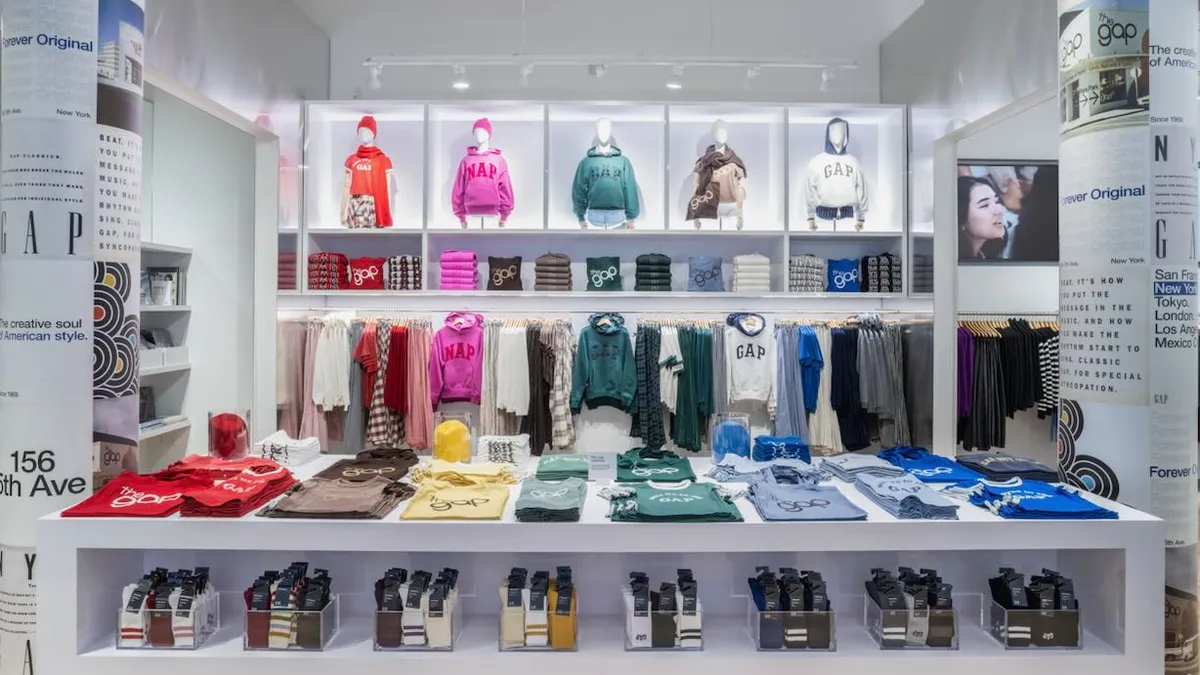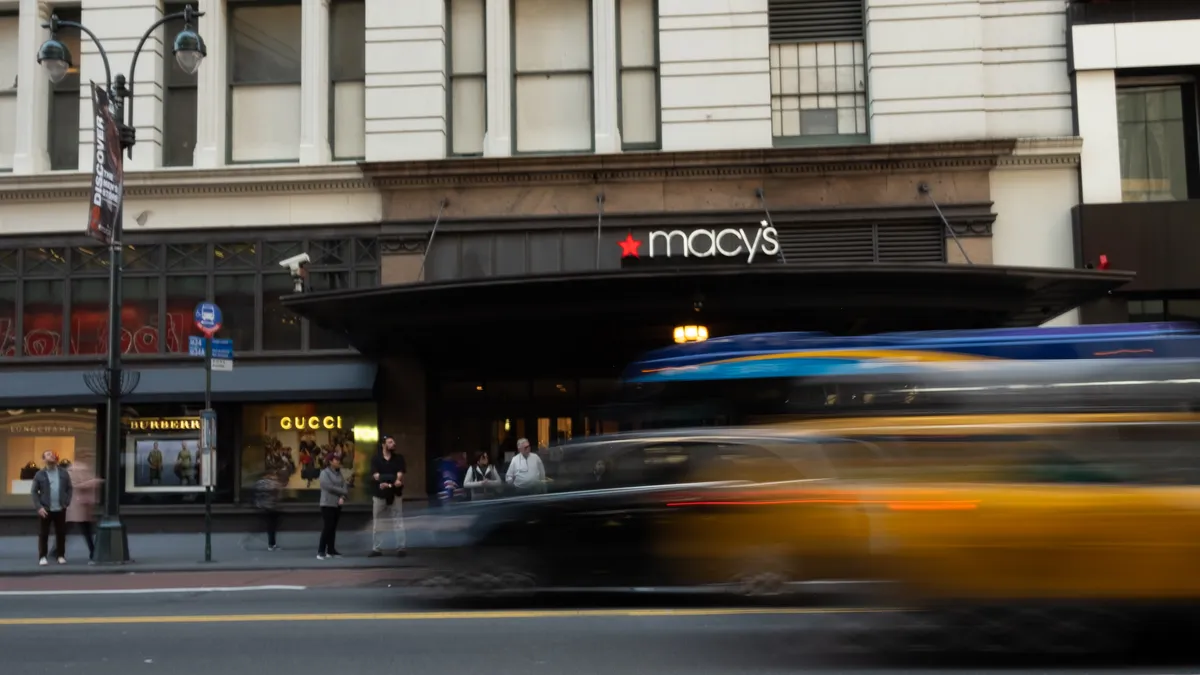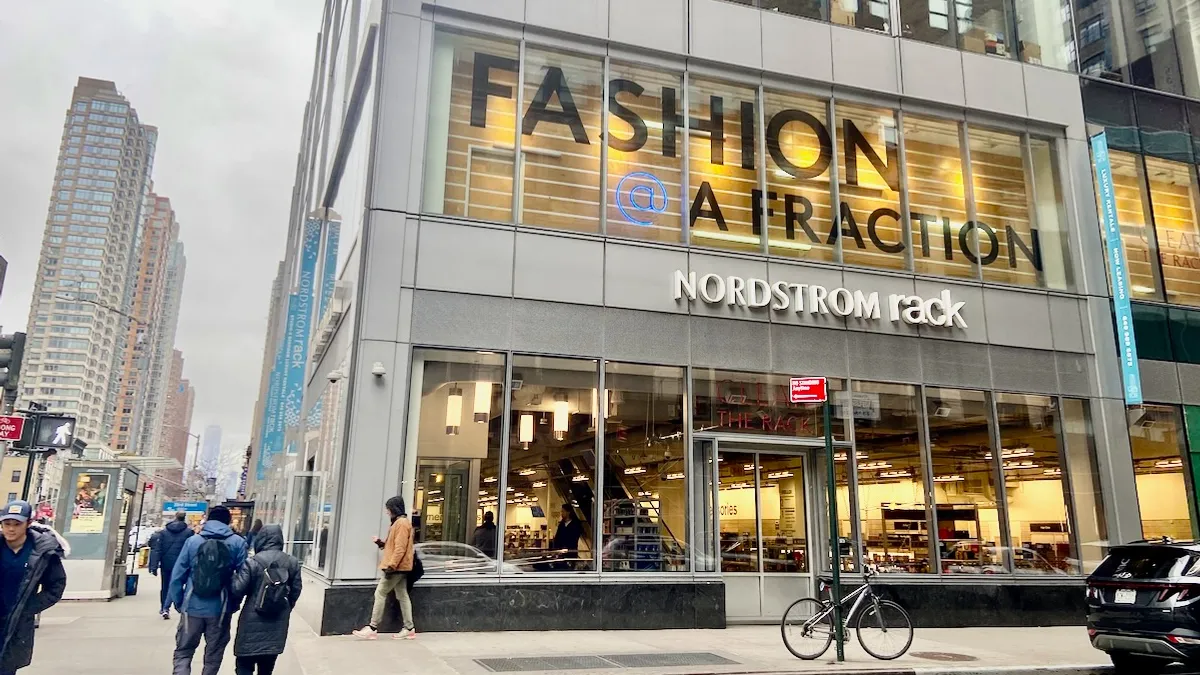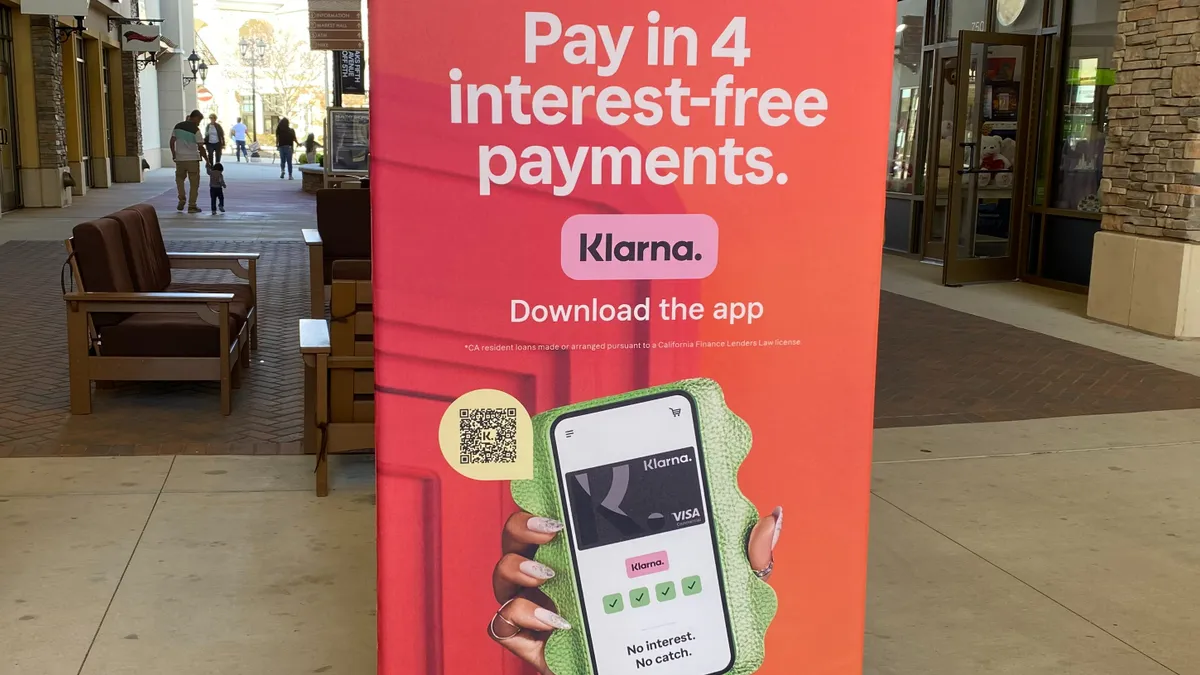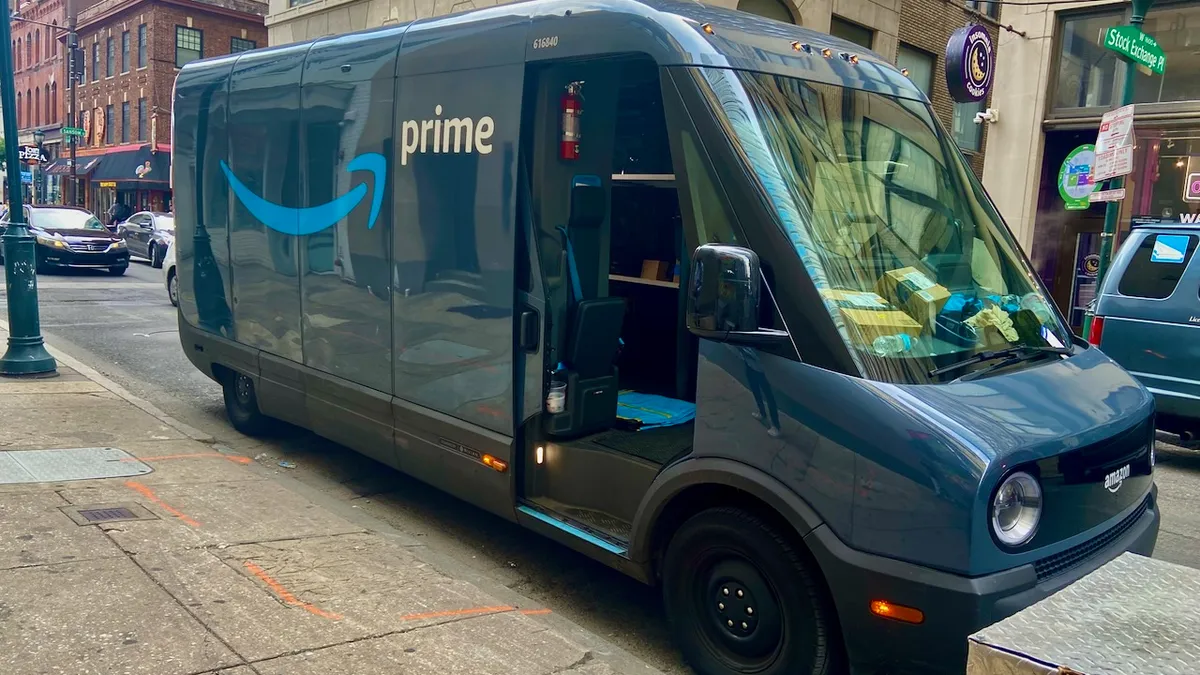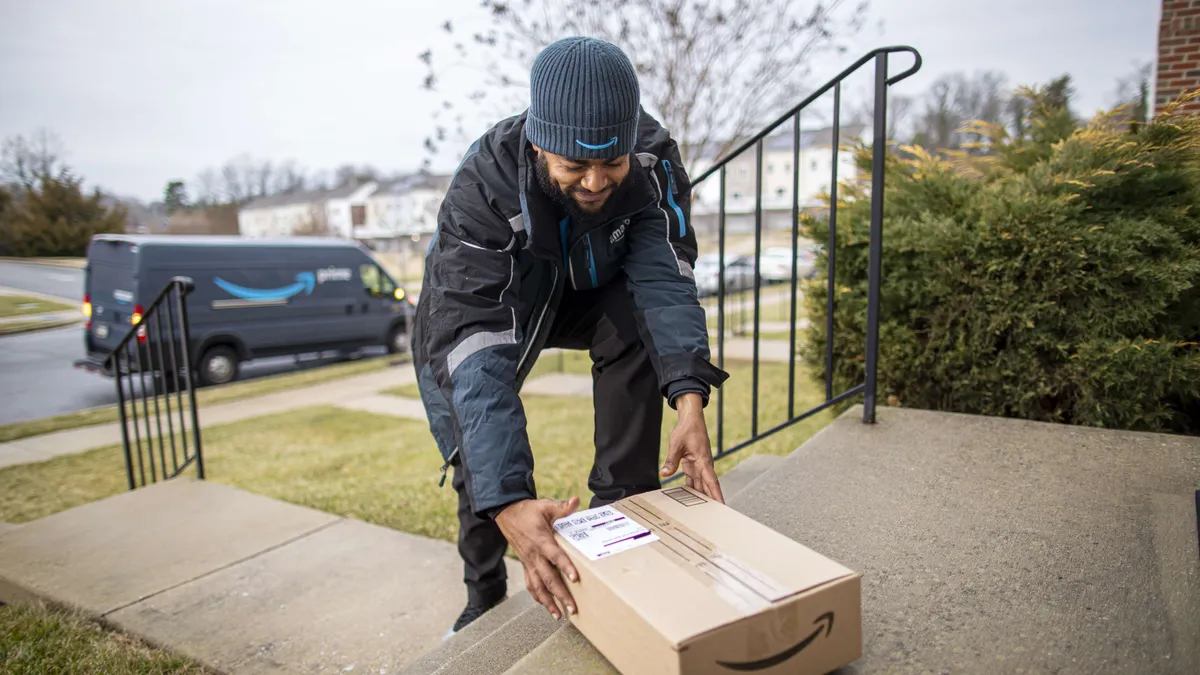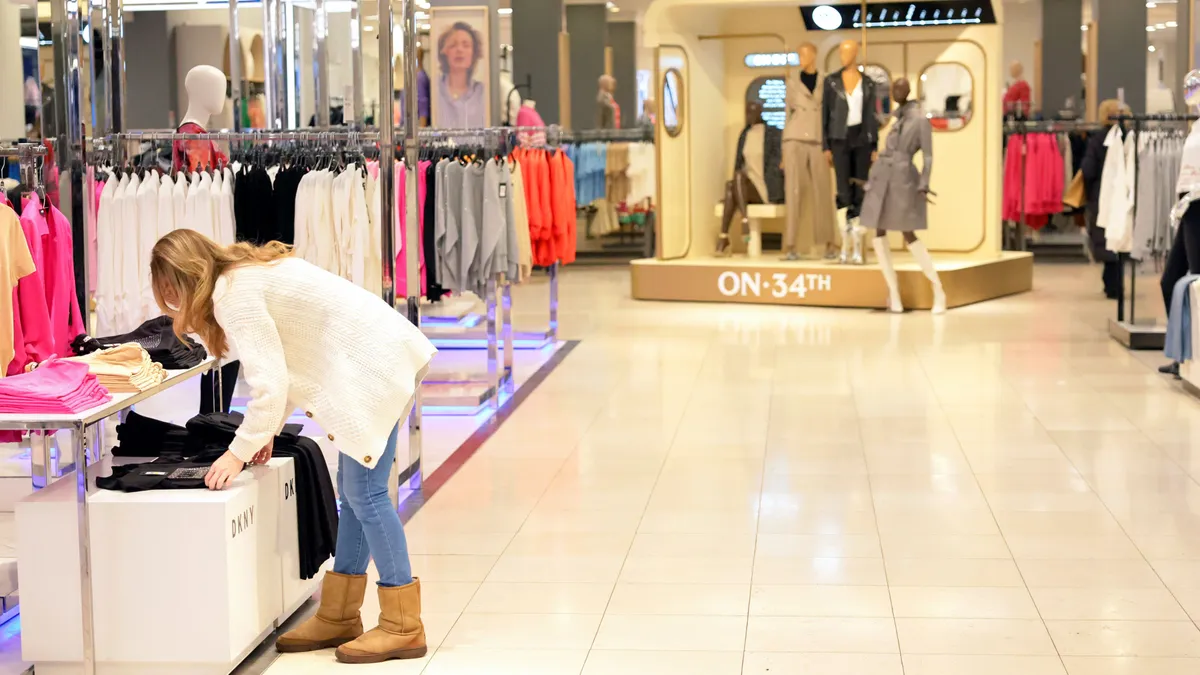Target was among the first major U.S. retailers to announce its holiday hiring strategy this year, stating in mid-September that it will add 70,000 seasonal workers across its stores, essentially steady with last year. That's pretty much textbook behavior for holiday 2016, according to outplacement consultancy Challenger, Gray & Christmas, which anticipates overall seasonal retail hiring this year won’t likely change much this year from last, when employment in the sector rose by 738,800 jobs during the final quarter of the year. (Seasonal hiring in 2015 was 1.4% lower than the previous year, according to data from the Bureau of Labor Statistics.)
The numbers may look the same, but there is a shift happening. Beyond its store associate hiring efforts, Target is also filling 7,500 holiday positions across its distribution facilities to keep pace with an expected rise in e-commerce orders. Many other retailers are following suit.
“The big change we are seeing [is] that while seasonal retail jobs remain flat or shrink, there has been a marked increase in seasonal job gains in other sectors, [and] the sector with the biggest increase in holiday hiring in recent years has been transportation and warehousing, as more and more holiday shopping is done online,” Challenger, Gray & Christmas CEO John A. Challenger said in a statement.
On its face, that makes sense: Consumers are shopping more online, and retailers are making it easier to do so. But when it comes to seasonal hiring, are retailers covering all the bases? Experts tell Retail Dive that in the era of omnichannel commerce challenges as well as cybersecurity risks and falling unemployment, many retailers may be missing vital opportunities to boost their seasonal fortunes.
Omnichannel opportunities
Target isn't the only retailer grappling with e-commerce demands this holiday season. The logistics of e-commerce appear to be getting the best of even online juggernaut Amazon as well, with fulfillment and delivery costs pretty much wiping out profits in its latest quarter.
But expensive or not, brick-and-mortar retailers can’t exactly dismiss the digital channel, of course: Consumers expect to be able to shop online (including on their phones) and have their orders delivered to their homes or waiting for them in stores. In fact, retailers will experience “record web traffic” over the holidays, with half of consumers planning to shop on the web this year, according to Deloitte's 31st annual holiday survey of consumer spending intentions and trends. Deloitte also found that for the first time, shoppers plan to spend almost half their holiday budget online.
Even so, retailers like Target that are keeping so many of their holiday workers away from stores could be making a mistake, according to Nick McLean, CEO of order management firm OrderDynamics.
“E-commerce isn’t a stand-alone existence, or it shouldn’t be,” McLean told Retail Dive. “Retailers need to understand what the customer is trying to do. The ideal is to move more of it out into stores — move the inventory and the staff into stores.”
Having inventory in stores rather than in warehouses or distribution centers maintains brick-and-mortar retailers' essential advantages over their pure-play rivals — even when they’re fulfilling e-commerce orders. A winter storm, for example, might affect only a couple of stores, rather than blocking movement of a far greater volume of inventory from an entire warehouse, McLean notes. Getting customers to physical locations for in-store pickup creates upsell opportunities that e-commerce can’t duplicate, he adds. Moreover, shoppers often appreciate the ability to pick up an item in store rather than risk a late holiday delivery, according to Charles Dimov, OrderDynamics' director of marketing.
“It makes sense to have the inventory closer to the customer,” Dimov said. “Retailers need the intelligence to bring together the disparate systems. You might have an accurate view, without having the complete picture. A big differentiator among the retailers who‘ll be doing omnichannel well is having a good order system, with a full view of inventory, or enough of a view. That’s to the relief of the customer who can say ‘I’m going to go there right now to pick it up.’ What brand bonus that is.”
Security codes
While consumers may fear late holiday deliveries, merchants run far greater risks. Retailers experience the most cyberattacks of any industry sector — three times as many as the previous top target, the financial industry — according to information and communications technology firm NTT Group's 2016 Global Threat Intelligence Report.
The repercussions of a digital hit can be catastrophic and long-lasting: According to professional services firm KPMG’s 2016 Consumer Loss Barometer, 19% of U.S. consumers said they would stop shopping at a retailer that had fallen victim to a cybersecurity hack, even if the company took the necessary steps to remedy the issue. Another 33% said concerns over additional exposure of personal information would prevent them from shopping at a breached merchant for at least three months.
Employees and other insiders account for 43% of all corporate data loss, according to a 2015 Intel Security survey. Yet to save time and effort, retailers too often take short cuts at the holidays, giving temporary workers login information that’s too broad, not to mention too short on fail-safes, according to James Litton, CEO of cyber protection services firm Identity Automation.
“From our perspective, the biggest pain in the neck for those doing the hiring is how you onboard these larger numbers of workers,” Litton told Retail Dive. “Often this is either a very manual process, where information is shared manually in regards to their credentials. Or we see everybody uses the same login information … and uses one account, and has way too much access.”
Litton notes that in the past, adding temporary workers into a retailer’s computerized system could be a cumbersome or expensive process, but said it’s now much easier to limit login information to certain staffers for a specific period of time. “You should always know who has access to what, how did they get it and why do they have it,” Litton said. “It should be automatic, but in most organizations, it’s not.”
Employee cyber credentials should be managed by human resources, and as soon as a staffer leaves the organization (even after a matter of weeks), their access must go away with him or her. And in all cases, system access should be limited according to the task and time involved, Litton says.
“The biggest failure in enterprise today is not limiting what accounts have access to the system,” he said. “Employees should be limited just to what they need, only when they need it.”
Communication breakdown
Retailers have come under fire for maxing out efficiencies in their labor pool by using algorithms that suggest whether to send employees home or keep them on notice that they may have to come in to work — so-called “just in time” scheduling that has wreaked havoc on workers' lives and caught the attention of regulators and policy makers.
Those kinds of systems are on their way out, as many major retailers have agreed to end their use, even in areas of the country where they remain legal. But there’s still a place for digital scheduling and communication tools that actually leverage the most promising aspects of the sharing economy, according to Helgi Hermannsson, CEO of workforce software startup Sling.
With many holiday workers lacking significant retail experience, retailers can leverage video and other technologies to train new employees and build stronger professional relationships. Managers also can ease communication after hiring — e.g., enabling staffers to trade shifts during the most in-demand times, in a way that works for everyone involved, Hermannsson says.
“It sounds like a simple thing, but it hasn’t been done a lot in non-desk working industries — using chat and notifications for communications with managers and fellow employees,” Hermannsson told Retail Dive. “It’s a company culture tool, having group conversations or private conversations with employees. A lot of seasonal workers might be students with limited availability, but they can post that, so the managers are aware of when they’re available. Everybody wants to be kept in the loop.”
Fostering a culture of open communication additionally can help merchants attract and retain talent during the holidays and beyond, especially in a period of lower unemployment, Hermannsson adds. “In years past, many businesses were competing for labor inside their own industry — other retailers and other restaurants,” he said. “That’s changed. It's especially a headache for people to find workers in the U.S., where the hourly wage has been going up."
And even if they're only there for a few months, those workers will be extremely busy. Deloitte projects holiday sales in stores and online will rise 3.6% to 4% this year, exceeding $1 trillion. “We expect omnichannel to be an even stronger play this year, with record numbers of mobile and online orders,” said OrderDynamics' McLean — and that means security, human resources and communications will play an even more critical role this holiday season than ever before.
This story is part of our ongoing coverage of the 2016 holiday shopping season. You can browse our holiday page for more stories.








